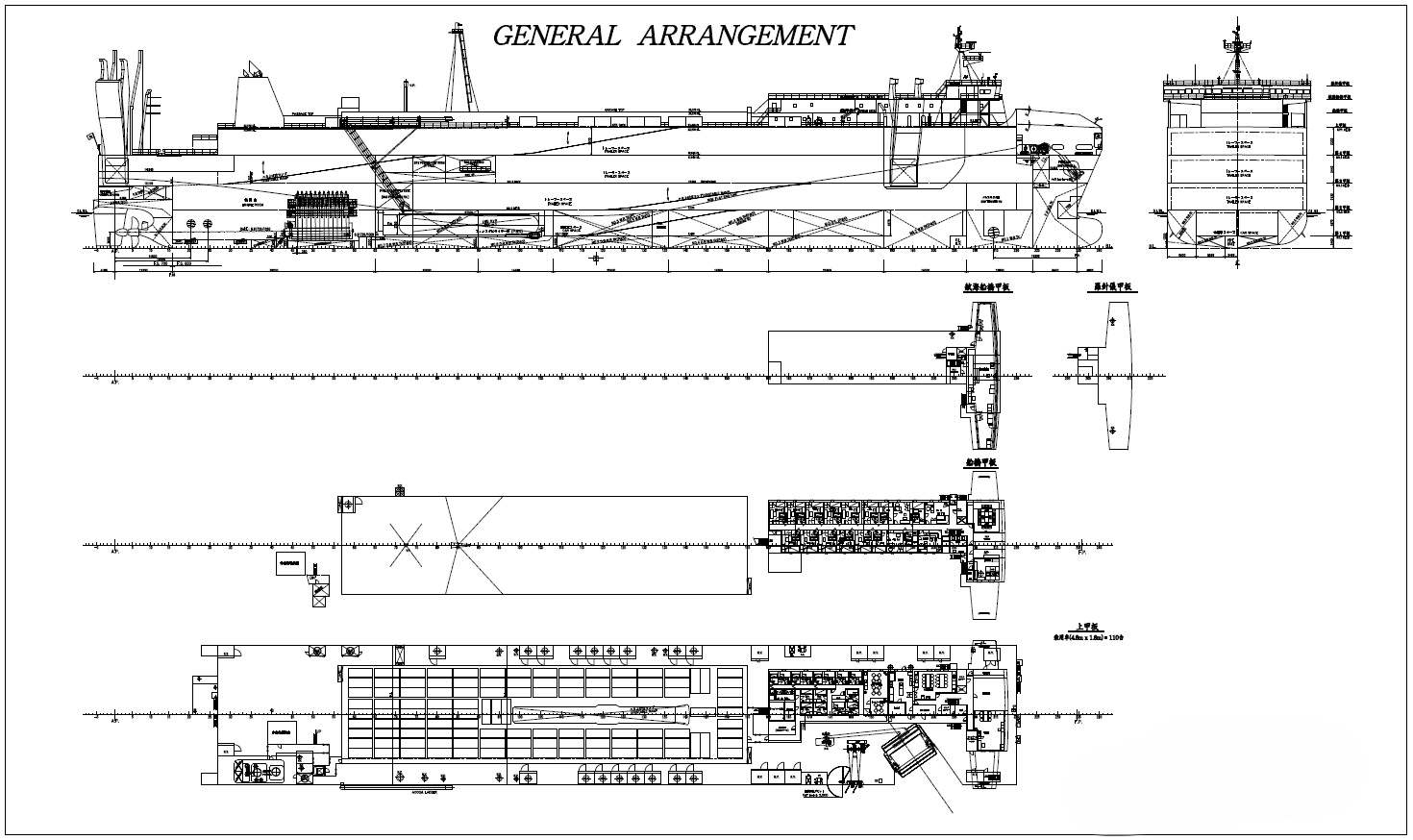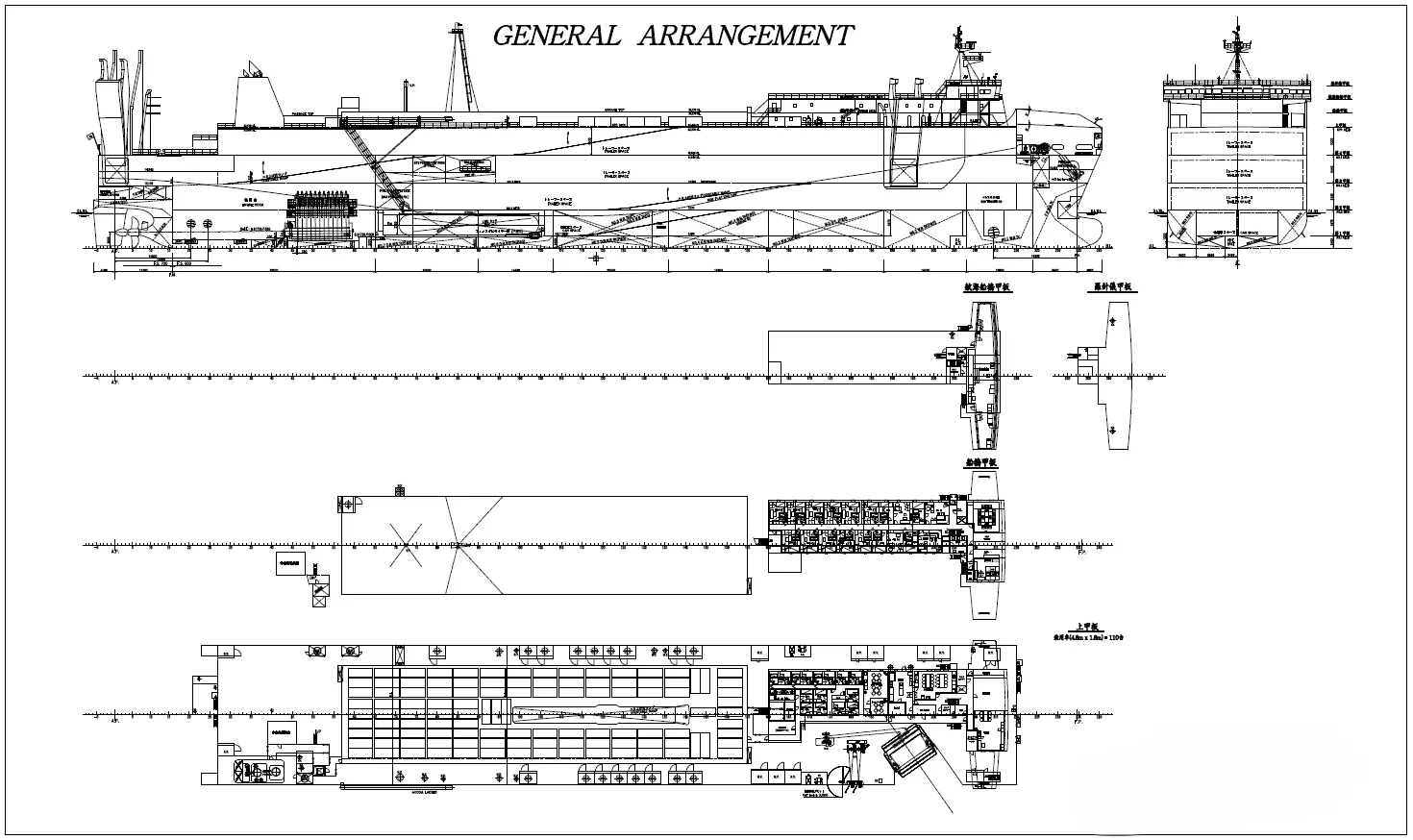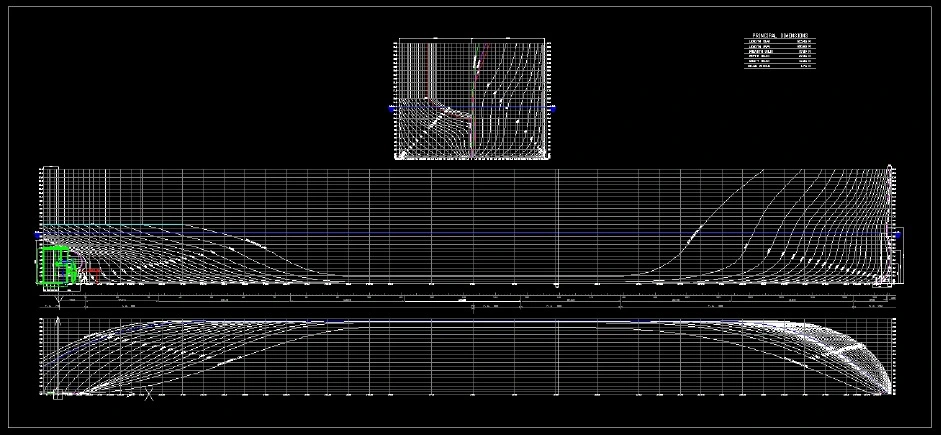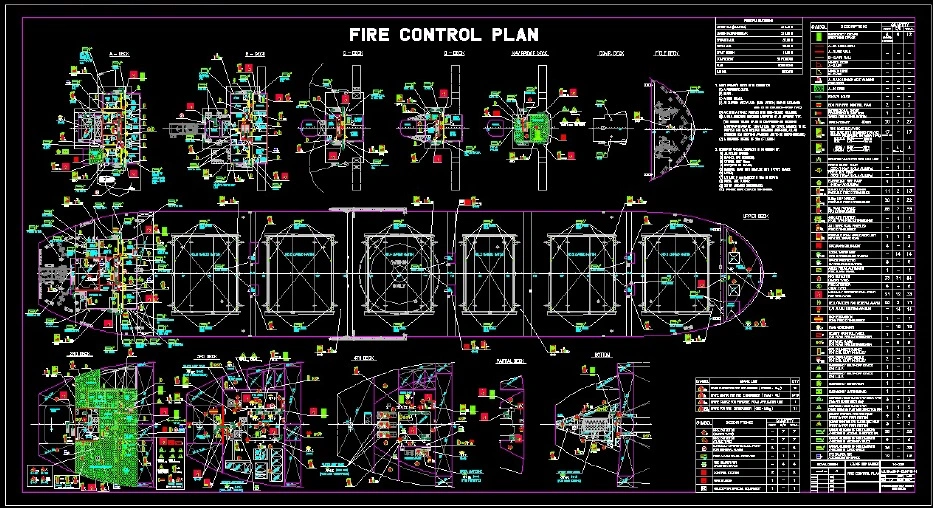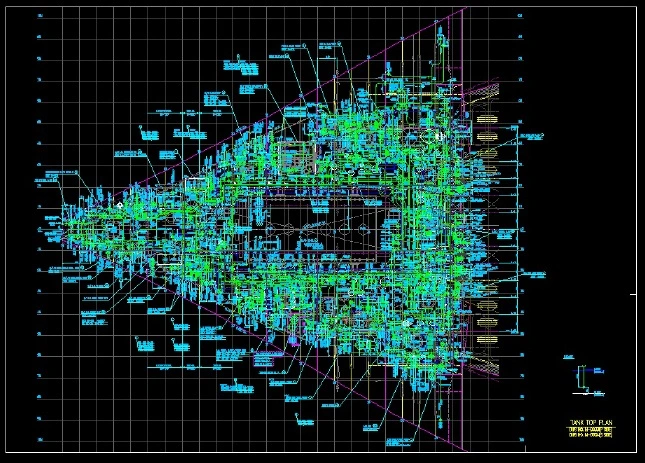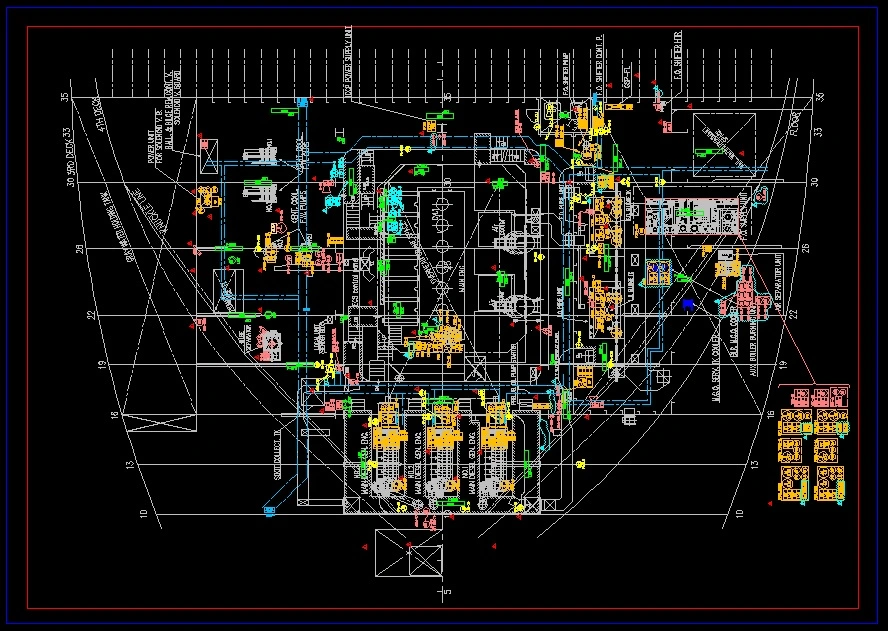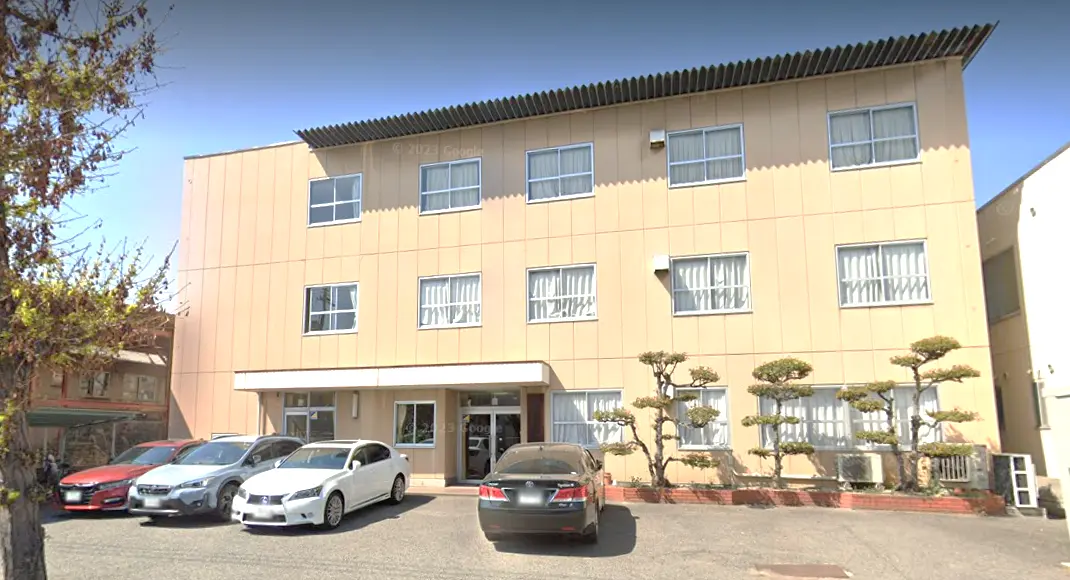Ship design is always challenging, it always evolving.
Some stages were made to set design purposes and corridor for designer to define the extend of their studies. Earlier stages will need less details for its purpose, while further stage of design will need sufficient details.
The Concept Design (and often, Preliminary Design included) is a stage where shipowner's requirement will be developed into set of drawings, and study results. These results will also be verified, and evaluated to reduce or even eliminate major technical, cost, and schedule risk. At this stage, ship size, major system, configuration, and performance will be defined. Preliminary design often cannot be separated from concept design so shipowner can verify the cost and risk of building such ship with requested capabilities, and adjust accordingly.
Major products of the stage are:
General Arrangement Drawings
Preliminary Specifications
Lines Drawing
Resistance, and speed verification (in some cases, CFD is required)
Major ship systems calculations and verification
Trim calculation and Intact Stability verification for major conditions
Engine selection, Preliminary Machinery arrangement, and endurance analysis
Electrical load analysis
In another words, the stage will reduce or even eliminate
fog of war and unknown risk in further ship design stages.
Often times, the upswing nature of concept and preliminary design cause the shipbuilders to unable to cover shipowner's inquiry at this stage. In addition,
the maritime community is doing our best to reduce the GHG emission with a lot of options, namely the usage of better/cleaner fuel, optimization of hull, and usage of energy saving attachment for ships. Our company saw this gap in design stage and we decided to help shipowner to develop, verify, and evaluate the concept.
We believe with our knowlegde about detailed design and design consideration that we have from more than 55 years of design, we can help to reduce or even eliminate technical, cost, and schedule risk from Concept Design Stage.
